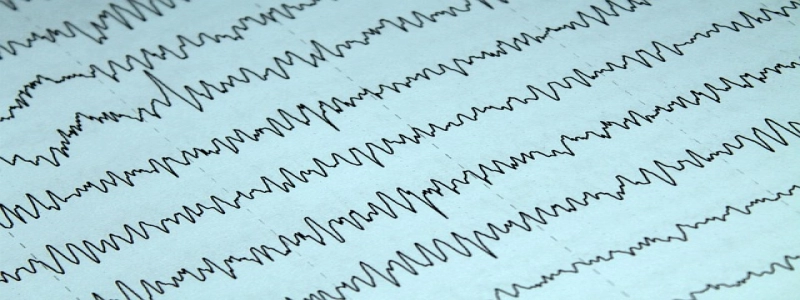Wavelength Diagrams
Introduction:
Wavelength diagrams are visual representations of the electromagnetic spectrum. These diagrams provide a comprehensive overview of the different types of waves that make up the spectrum, from the longest radio waves to the shortest gamma rays. In this article, we will explore the structure and importance of wavelength diagrams in understanding the behavior and properties of electromagnetic waves.
I. Understanding the Electromagnetic Spectrum:
1. Radio Waves:
– Longest wavelength
– Used for broadcasting and communication
– Examples: AM and FM radio waves
2. Microwaves:
– Slightly shorter wavelength than radio waves
– Used for communication and heating food
– Examples: Satellite communication and microwaves
3. Infrared:
– Longer wavelength than visible light
– Used for thermal imaging and remote controls
– Examples: Heat lamps and infrared cameras
4. Visible Light:
– Range of wavelengths perceivable by the human eye
– Divided into colors: red, orange, yellow, green, blue, indigo, and violet
– Examples: Sunlight and light bulbs
5. Ultraviolet:
– Shorter wavelength than visible light
– Responsible for sunburn and tanning
– Examples: UV lamps and sterilization
6. X-rays:
– Shorter wavelength than ultraviolet
– Used in medical imaging and security scans
– Examples: X-ray machines and airport scanners
7. Gamma Rays:
– Shortest wavelength, highest energy
– Used in cancer treatment and nuclear physics
– Examples: Nuclear reactions and gamma ray telescopes
II. Structure of Wavelength Diagrams:
1. Axes:
– X-axis represents the different types of waves in the spectrum
– Y-axis represents the wavelength, usually logarithmic scale
2. Wavelength Scale:
– Shows the range of wavelengths from radio waves to gamma rays
– Each type of wave is labeled along the scale for reference
3. Color Representation:
– Each type of wave is assigned a different color to aid visual understanding
– Color-coding allows for quick identification of the different regions in the diagram
III. Importance of Wavelength Diagrams:
1. Communication:
– Wavelength diagrams help engineers and scientists understand the behavior of waves in different mediums
– Proper placement and allocation of radio and microwave frequencies for communication networks
2. Medical Applications:
– Wavelength diagrams aid in the understanding of how X-rays and gamma rays interact with the human body
– Help determine safe exposure levels and proper techniques in medical imaging and cancer treatments
3. Astronomy:
– Wavelength diagrams assist astronomers in identifying and categorizing different types of celestial objects and phenomena
– Provide insights into the composition and behavior of stars, galaxies, and other cosmic entities
4. Technology Development:
– Understanding the different regions of the electromagnetic spectrum helps in the development of new technologies
– Enables the creation of devices such as infrared cameras, X-ray machines, and satellite communication systems
Conclusion:
Wavelength diagrams provide a concise and clear representation of the electromagnetic spectrum. These diagrams are crucial in various fields, including communication, medicine, astronomy, and technology development. By understanding the different types of waves and their properties, scientists and engineers can make significant advancements in their respective fields and improve our overall understanding of the universe.








